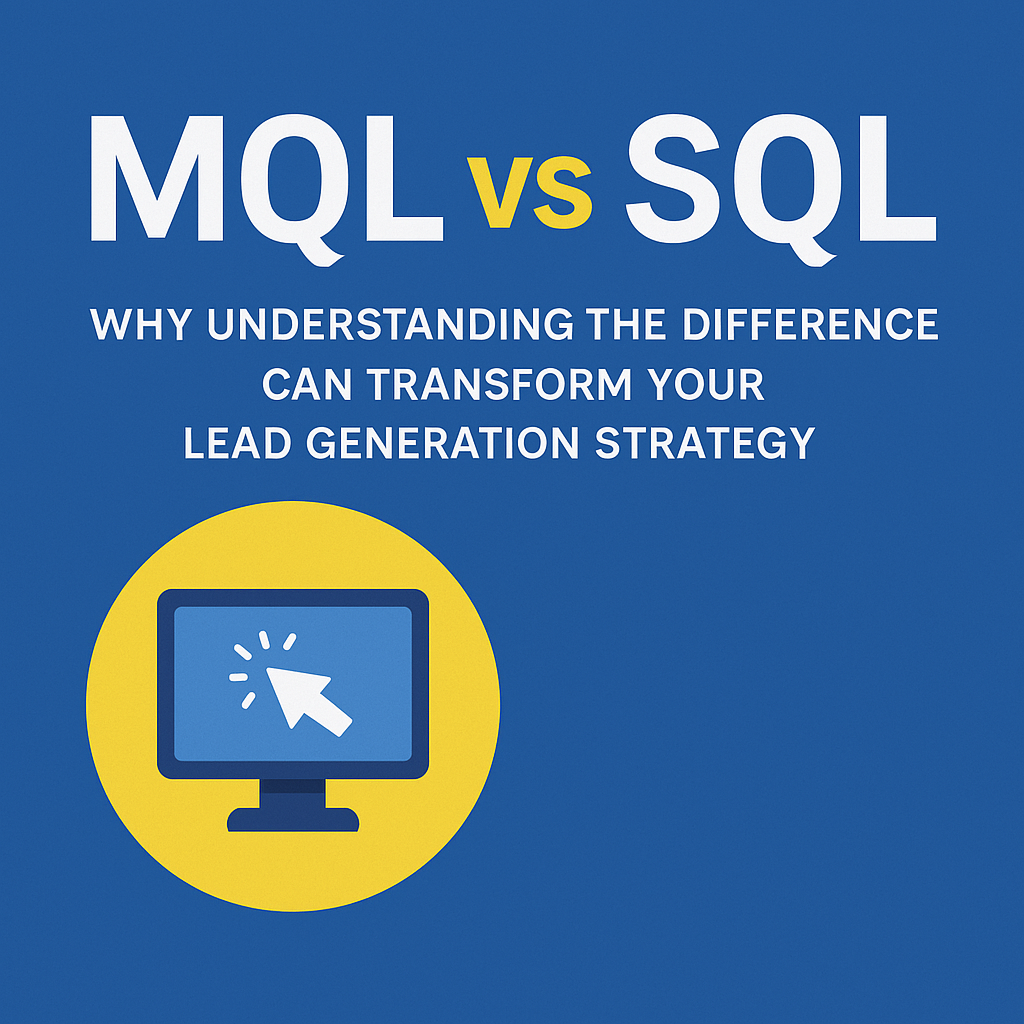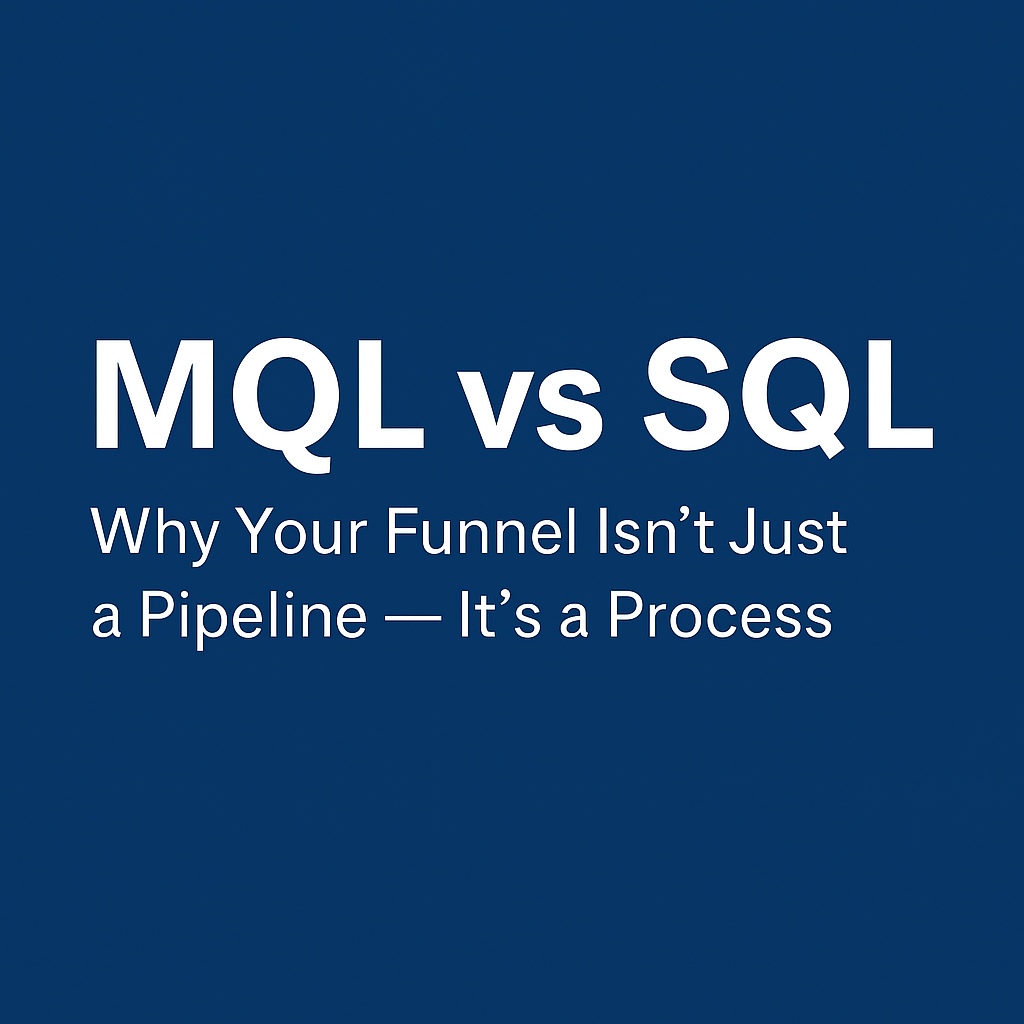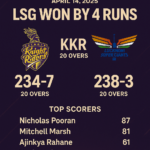In lead generation, the challenge often isn’t how many leads you generate — but how qualified they are and how fast they move down the funnel.
One of the biggest gaps in marketing and sales alignment comes down to not differentiating between MQLs vs SQLs.
MQL vs SQL

What is an MQL (Marketing Qualified Lead)?
An MQL is someone who has shown interest in your business but isn’t yet ready to buy.
Signs of an MQL:
- Downloaded an ebook or whitepaper
- Subscribed to your newsletter
- Attended a webinar
- Visited key pages multiple times
They’re in the awareness or consideration phase. They need nurturing, education, and consistent value.
What is an SQL (Sales Qualified Lead)?
An SQL is a lead that has taken actions indicating purchase intent and is ready to speak with your sales team.
Signs of an SQL:
- Requested a demo
- Asked for pricing
- Reached out directly to your team
- Completed a high-intent form
These leads are in the decision phase and require quick, personalized follow-up.
Why This Distinction Matters (MQL vs SQL)
Failing to segment MQLs and SQLs properly can result in:
- Sales chasing cold leads
- Marketing claiming leads that never convert
- Low ROI on lead generation campaigns
- Friction between marketing and sales teams
5 Ways to Optimize Your Funnel for MQL vs SQL
1. Define Qualification Criteria Together
Align sales and marketing on what defines an MQL vs an SQL. Create a shared lead scoring framework.
2. Implement Behavioral Lead Scoring
Use actions like website visits, email engagement, and content downloads to score and qualify leads dynamically.
3. Automate Lead Handoffs
Once a lead reaches a certain score or takes a specific action, notify sales instantly using CRM and automation tools.
4. Create Smart Nurture Workflows
MQLs should enter email journeys, retargeting ads, or content drip campaigns to keep them engaged and move them closer to conversion.
5. Track Conversion Velocity
Measure how long it takes for an MQL to become an SQL, and an SQL to convert into a customer. Use this data to fine-tune targeting and timing.
The Bottom Line
Your leads aren’t all equal. Treating them like they are kills your conversion rate.
The key to high-performance marketing isn’t just getting more leads — it’s getting the right leads to the right place at the right time.
Want to turn more MQLs into SQLs and more SQLs into revenue?
Start by aligning your teams, tracking behavior, and building intelligent funnels.
Frequently Asked Questions (FAQs)
Q1. What is the difference between MQL and SQL?
A: An MQL (Marketing Qualified Lead) is a lead who has shown interest in your product or service through marketing efforts but isn’t ready to buy yet. A SQL (Sales Qualified Lead) is further along in the funnel and has been vetted by marketing and passed to sales as ready for direct contact or conversion.
Q2. Why is it important to distinguish between MQLs and SQLs?
A: Understanding the distinction helps teams align better, nurture leads effectively, and avoid wasted sales efforts on leads that aren’t ready. It also allows marketing and sales teams to focus on the right metrics and KPIs at each funnel stage.
Q3. What criteria define a lead as MQL or SQL?
A: MQLs are defined based on engagement behaviors like downloads, webinar signups, or time spent on site. SQLs meet firmographic and behavioral criteria such as company size, decision-making ability, budget, and specific buying intent, indicating sales readiness.
Q4. How do MQLs turn into SQLs?
A: Through lead nurturing campaigns — such as email workflows, retargeting, or content marketing — MQLs are educated and guided toward a purchase decision. Once they meet SQL criteria (e.g., requesting a demo or pricing), they are handed to the sales team.
Q5. Can a lead be both an MQL and SQL at the same time?
A: Not simultaneously. A lead typically progresses from MQL to SQL in a linear or staged way. However, in some B2B scenarios with accelerated buying cycles, a lead can quickly move from awareness to a sales-ready state, making the transition almost immediate.
Q6. What happens if you treat MQLs like SQLs too early?
A: It can damage trust, increase bounce rates, and lead to poor conversion. Pushing a sales conversation too soon may alienate a prospect who’s still exploring and not ready to buy.
Q7. How can marketers improve MQL to SQL conversion rates?
A: By tightening lead scoring models, delivering personalized content based on buyer stages, and ensuring consistent communication between marketing and sales. Using CRM data and automation tools also helps track readiness more accurately.
Q8. Should MQL and SQL definitions be the same for every business?
A: No. Definitions should be customized based on your industry, target audience, sales cycle, and internal processes. What qualifies as an SQL for one SaaS company might only be an MQL for another.
For regular updates on Digital Marekting , follow Popnewsblend.
For more day to day marketing tactics for B2B, B2C, D2C or B2B business follow me on Linkedin.

Hi, I’m Prashant Jain — a curious soul, storyteller, and content creator at heart.I’ve always been drawn to the world of entertainment, travel, sports, health & lifestyle — not just as a writer, but as someone who genuinely lives these experiences. Whether I’m binge-watching the latest OTT series, exploring offbeat spiritual destinations in India, or diving deep into wellness routines and cricket match insights, I love sharing what I discover with like-minded readers.
PopNewsBlend is my way of blending personal journeys with meaningful stories — ones that inform, inspire, and keep you ahead of the curve. Everything I write comes from real observations, hands-on experiences, and a deep passion for understanding the world around us.
Discover more from Popnewsblend
Subscribe to get the latest posts sent to your email.







